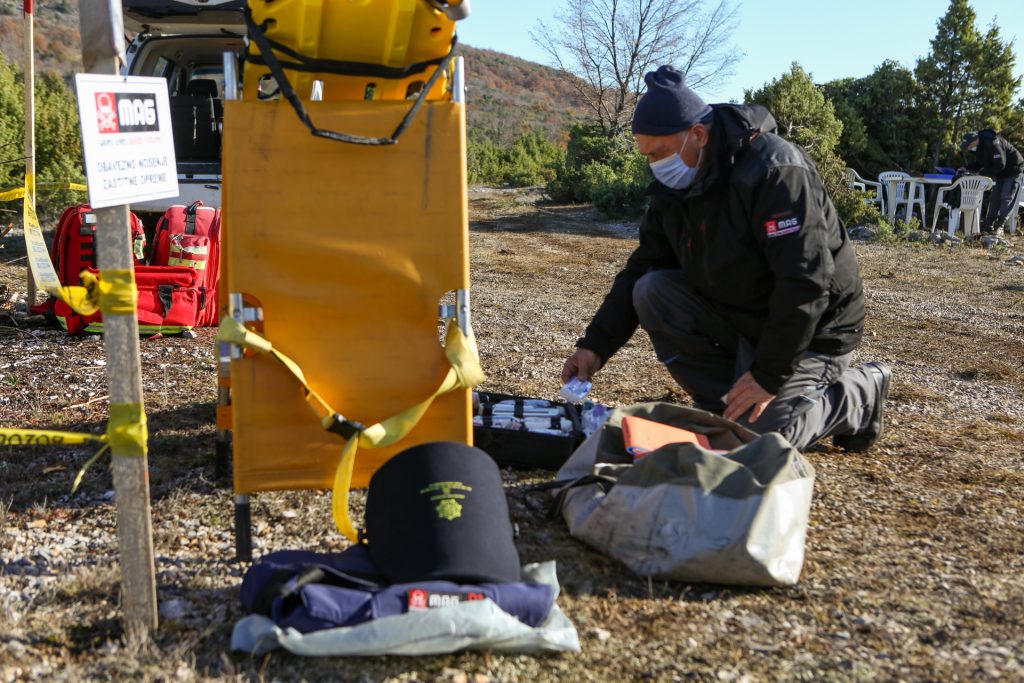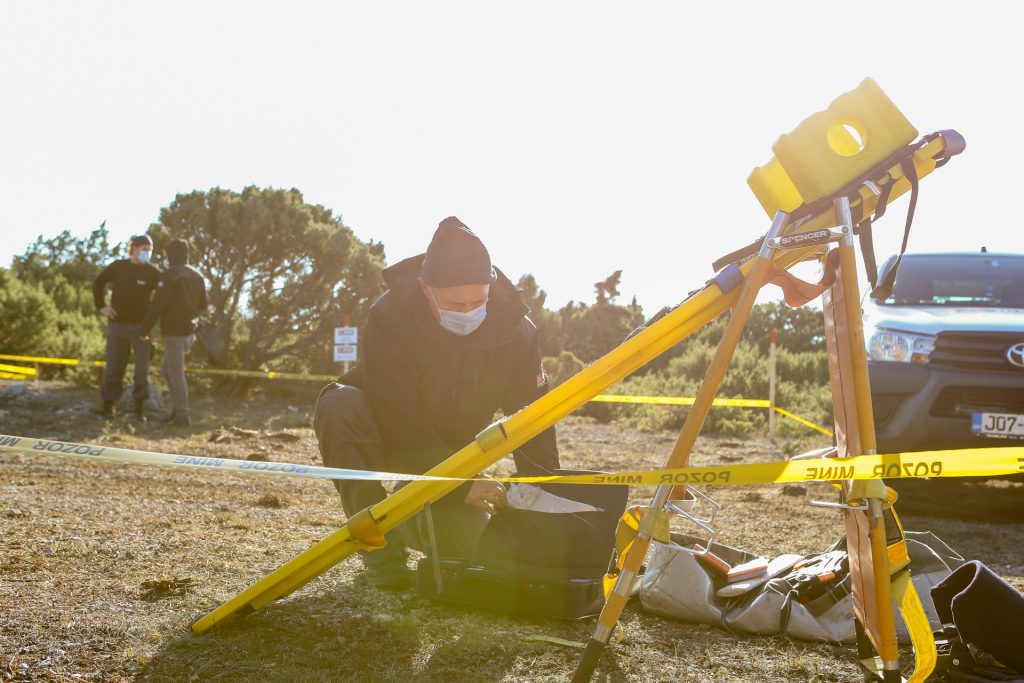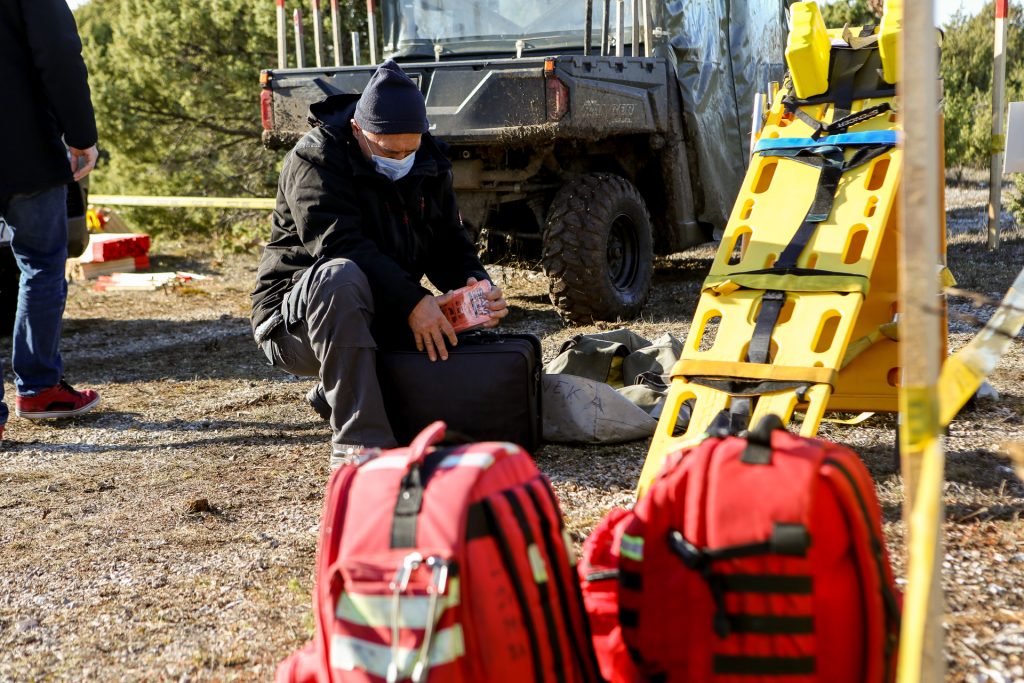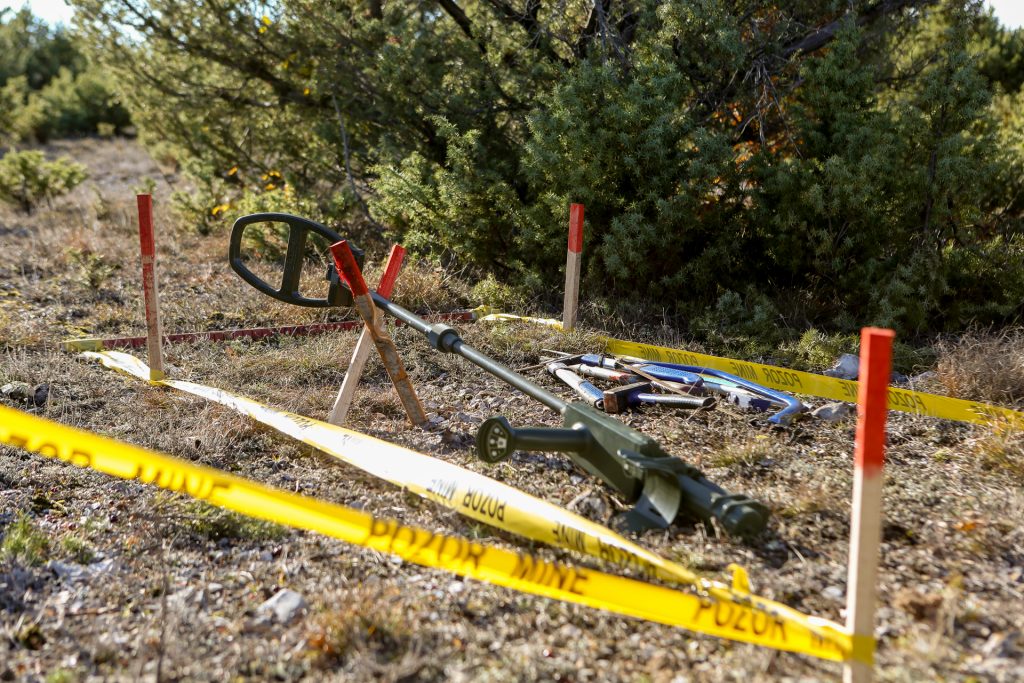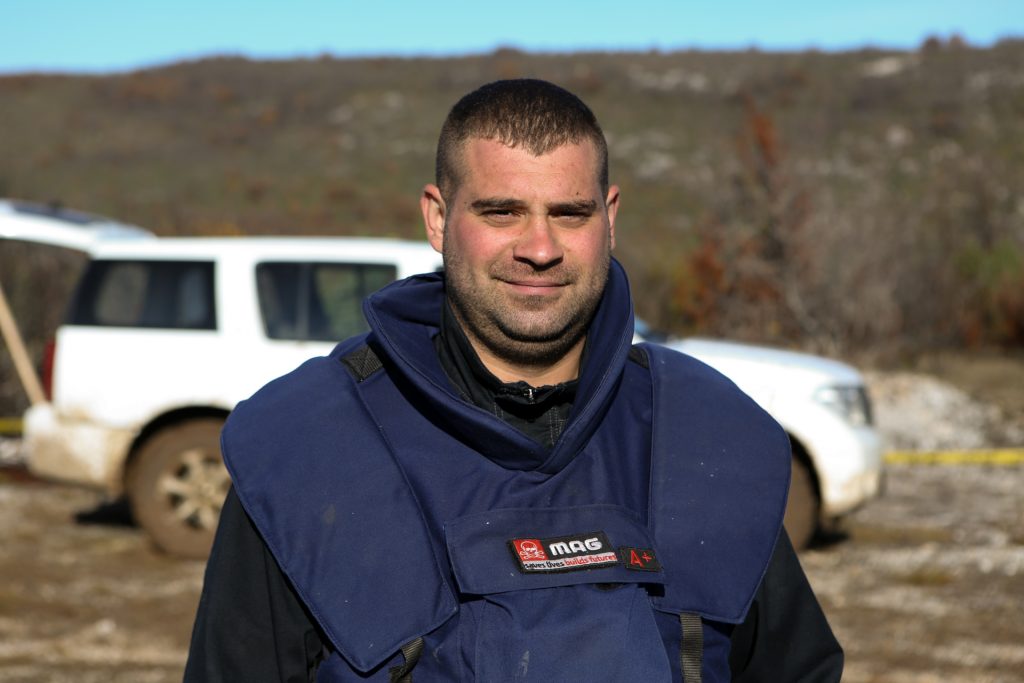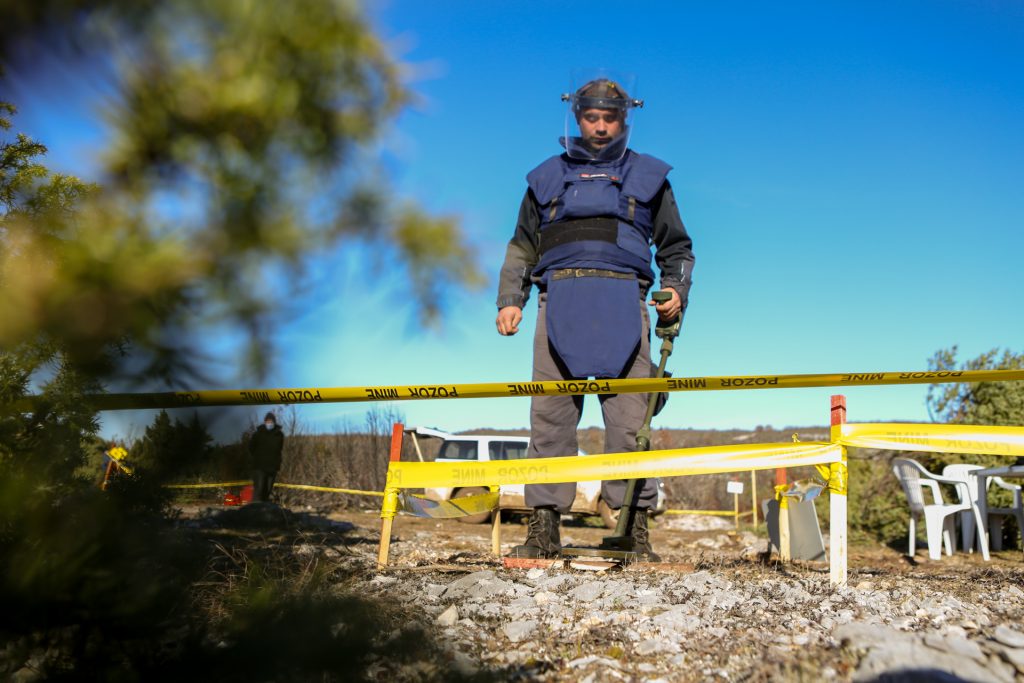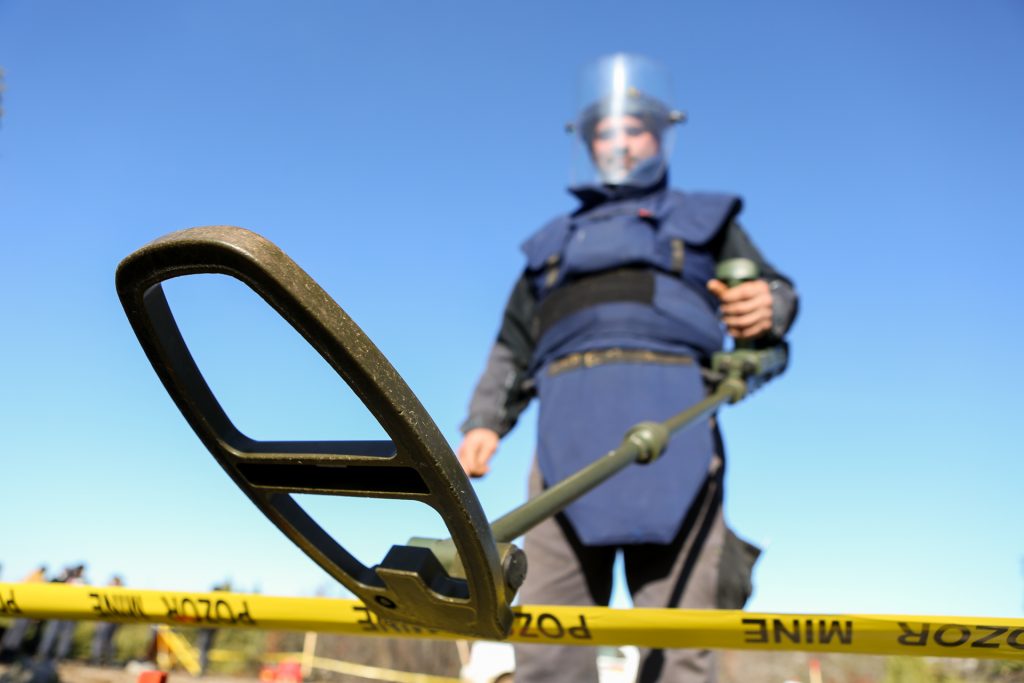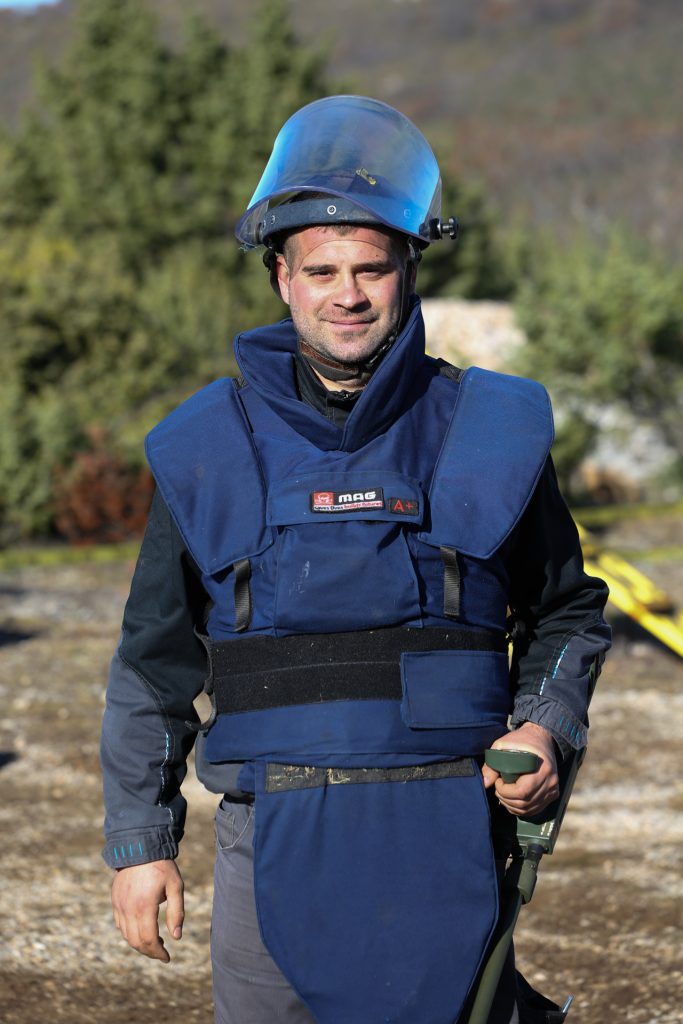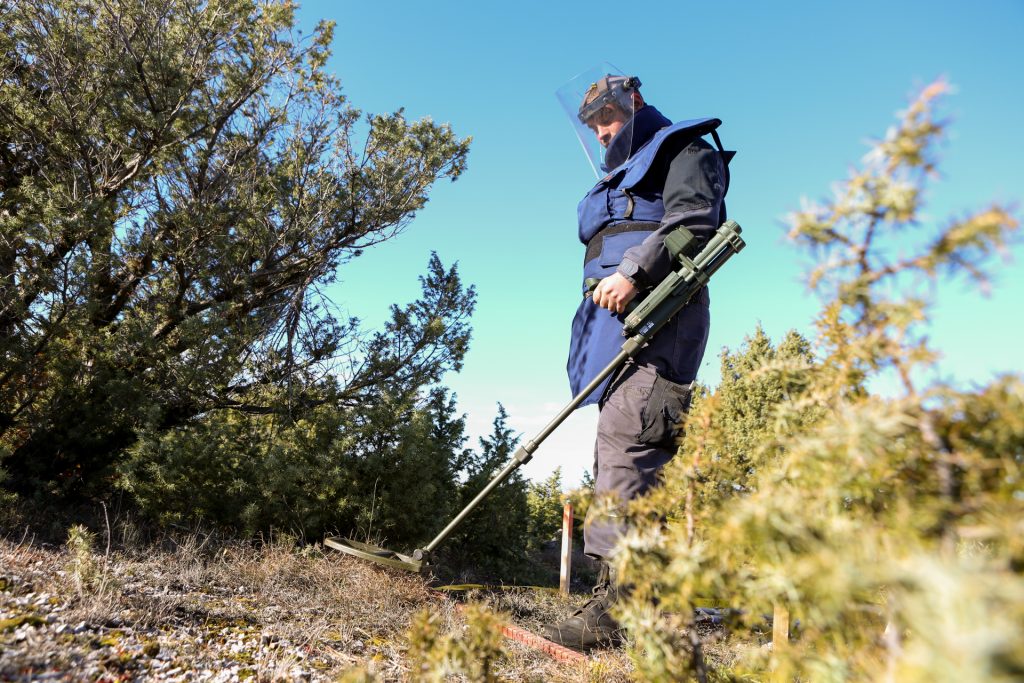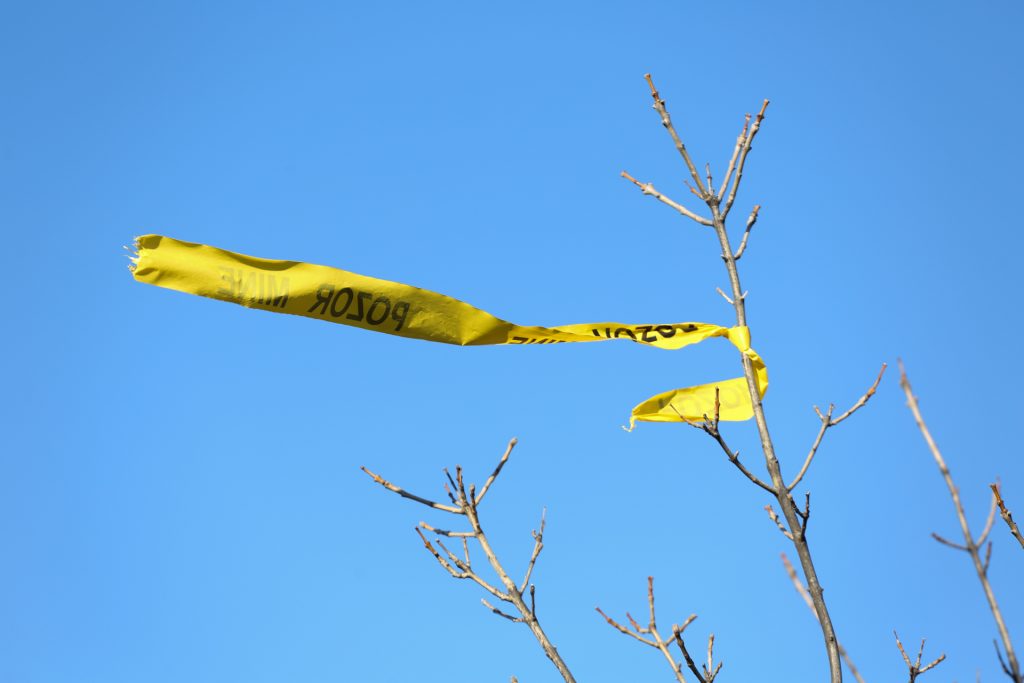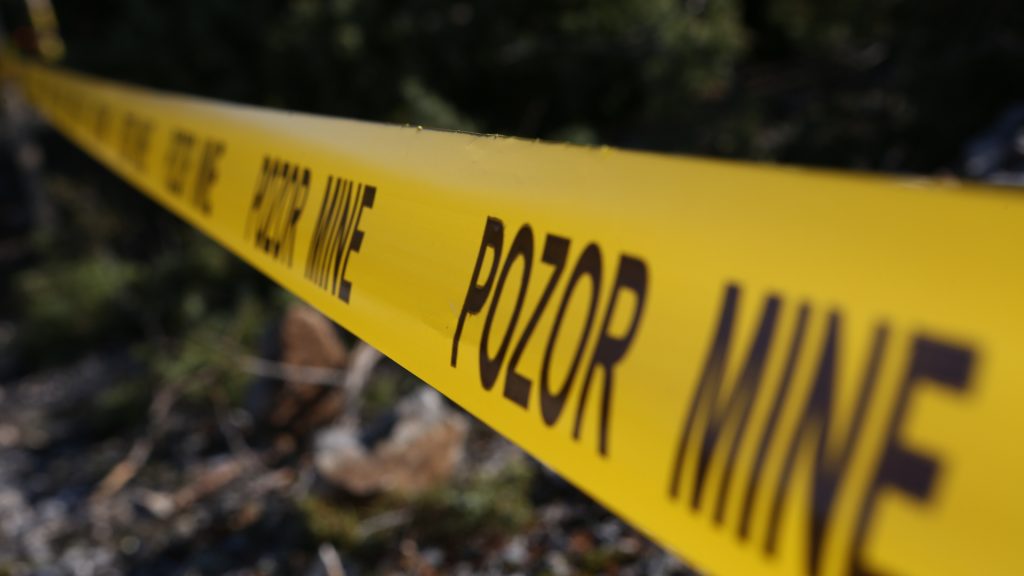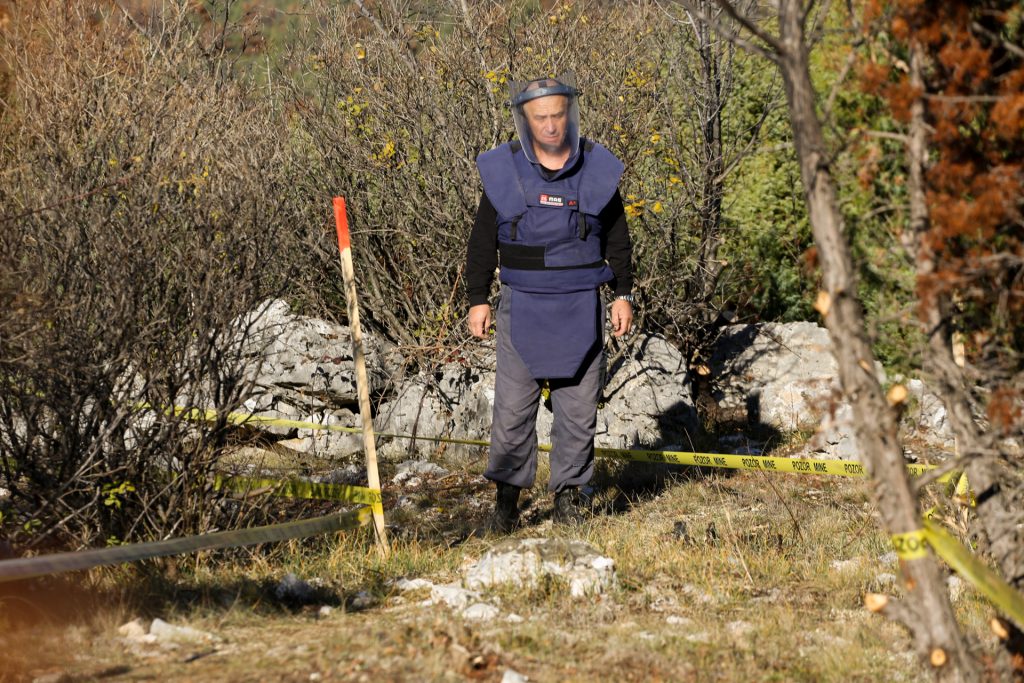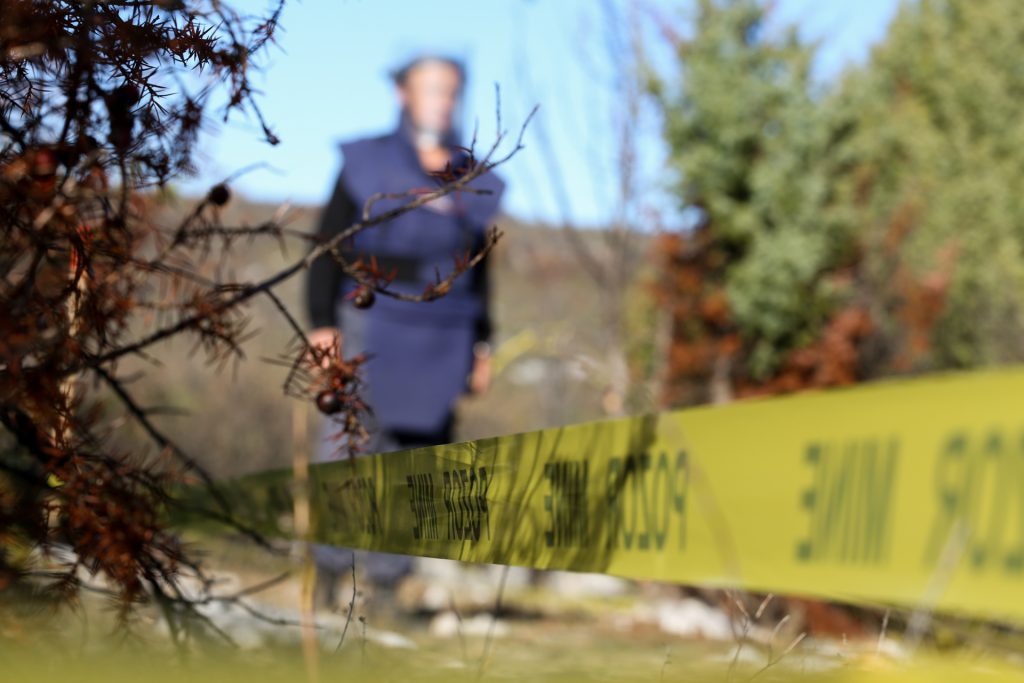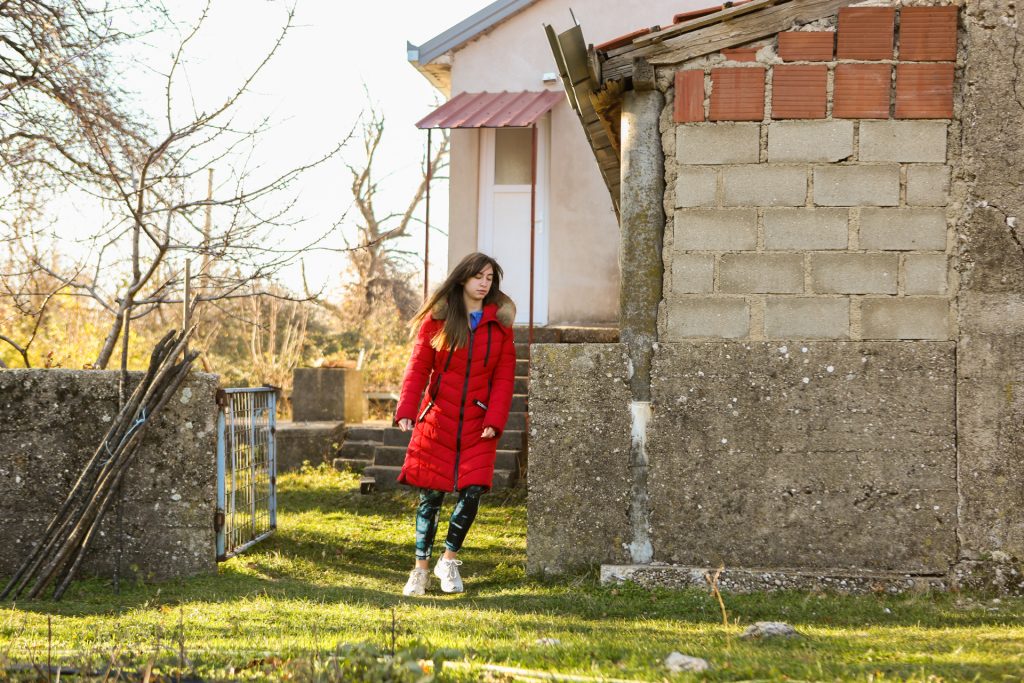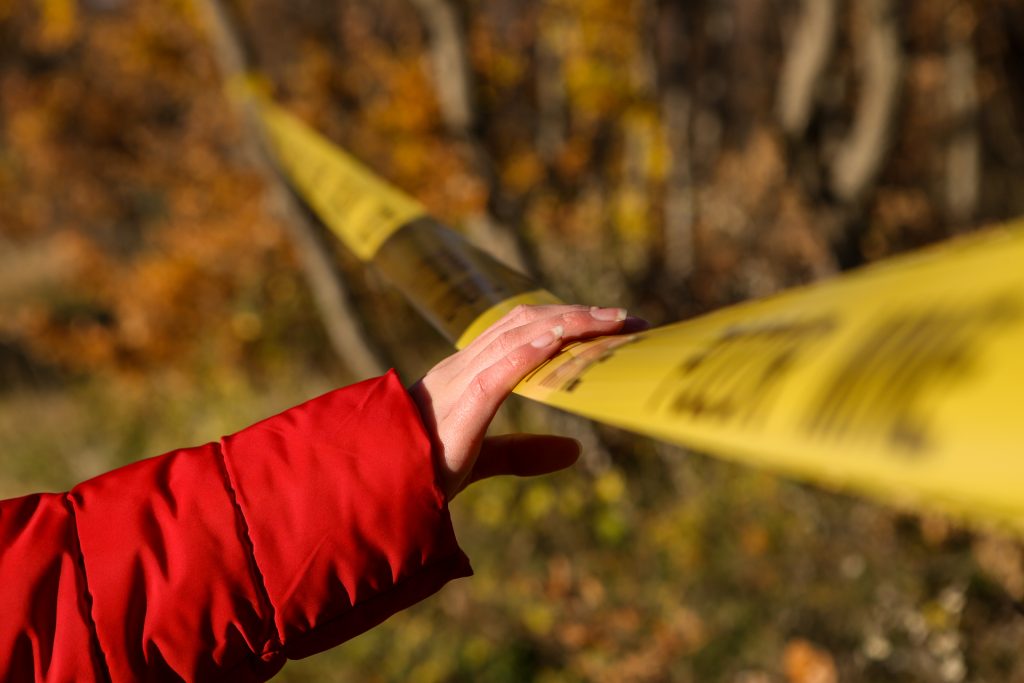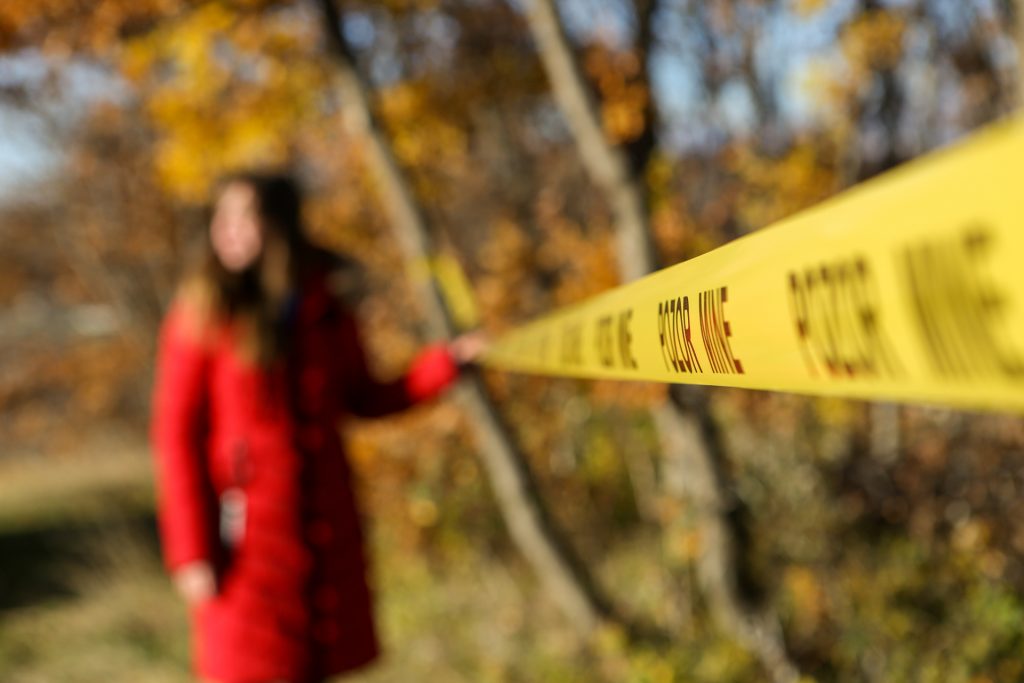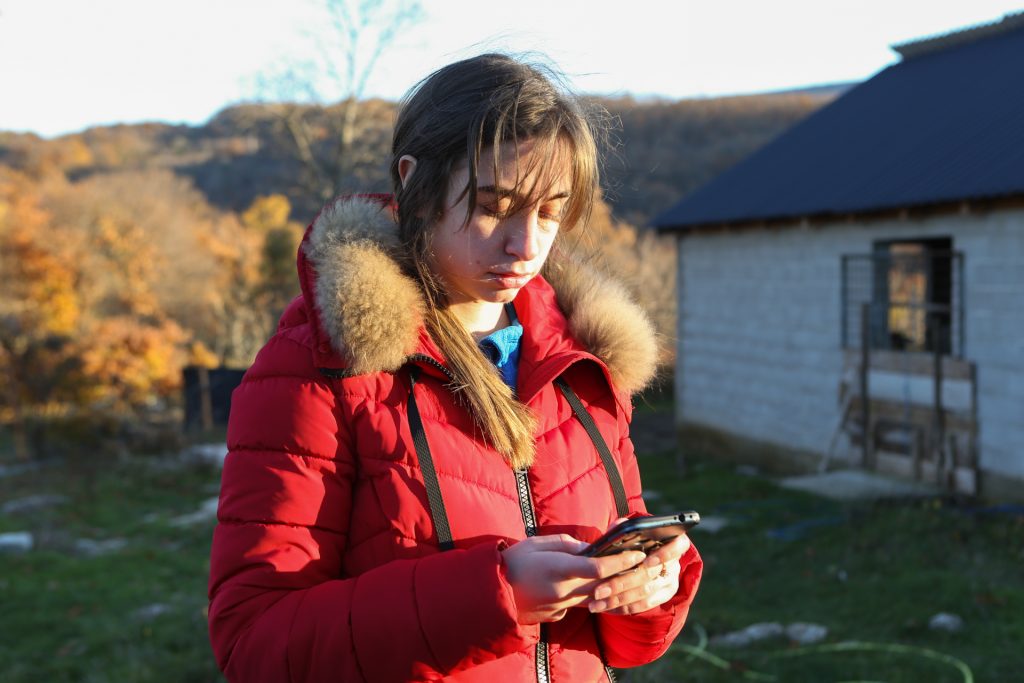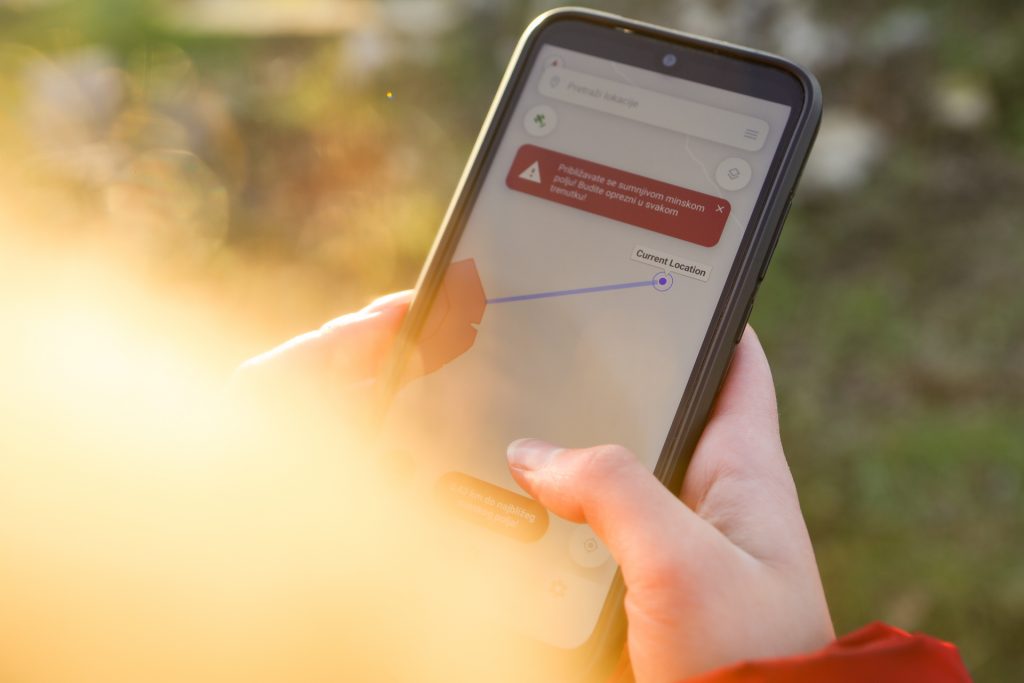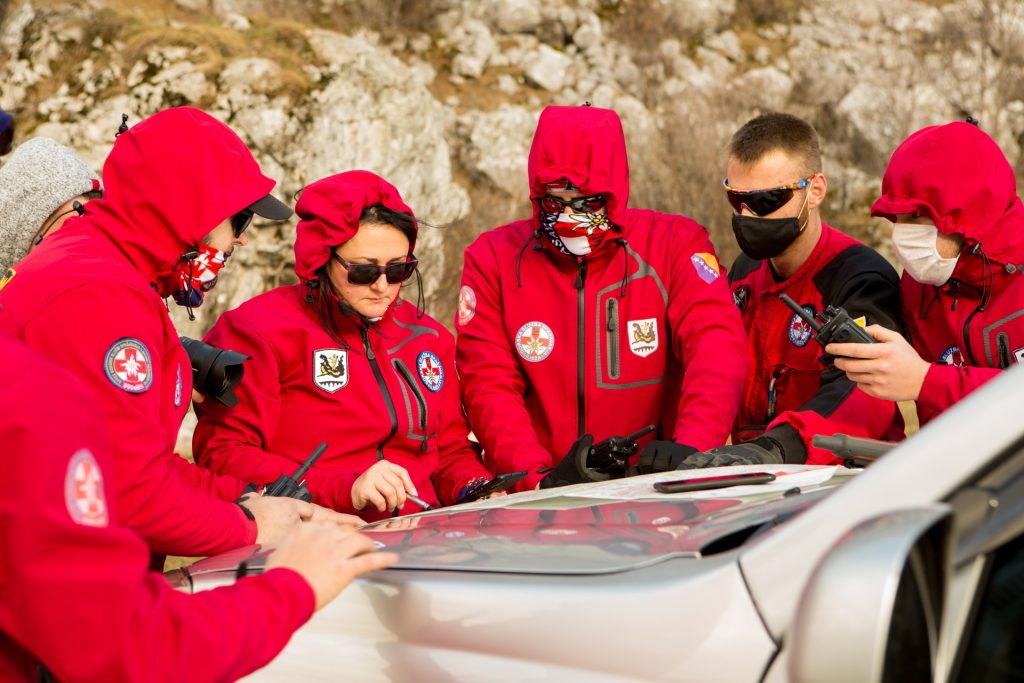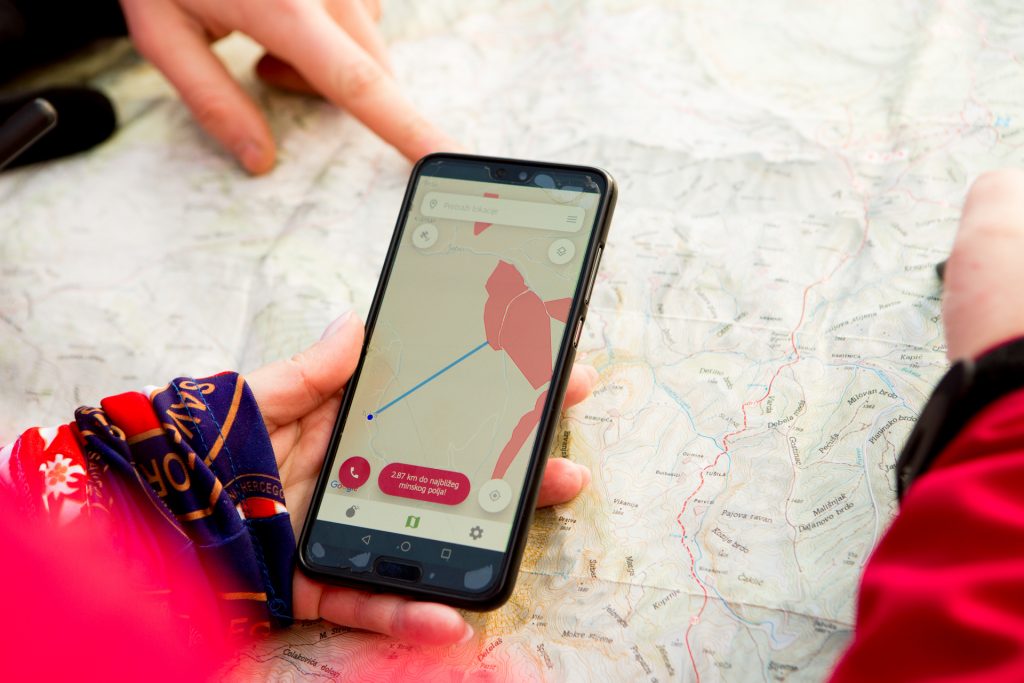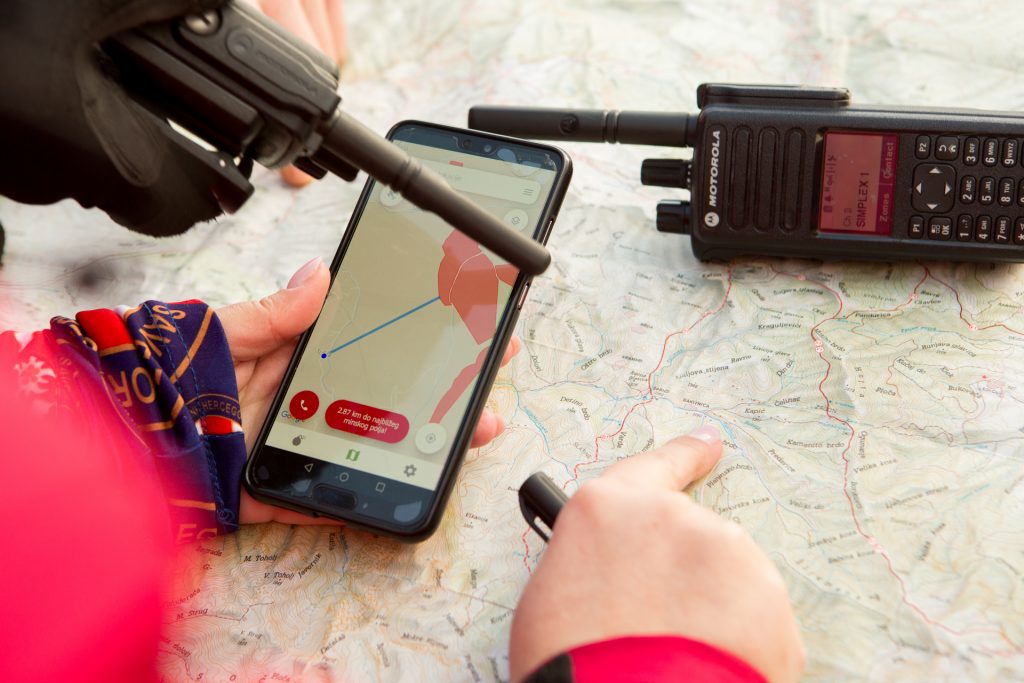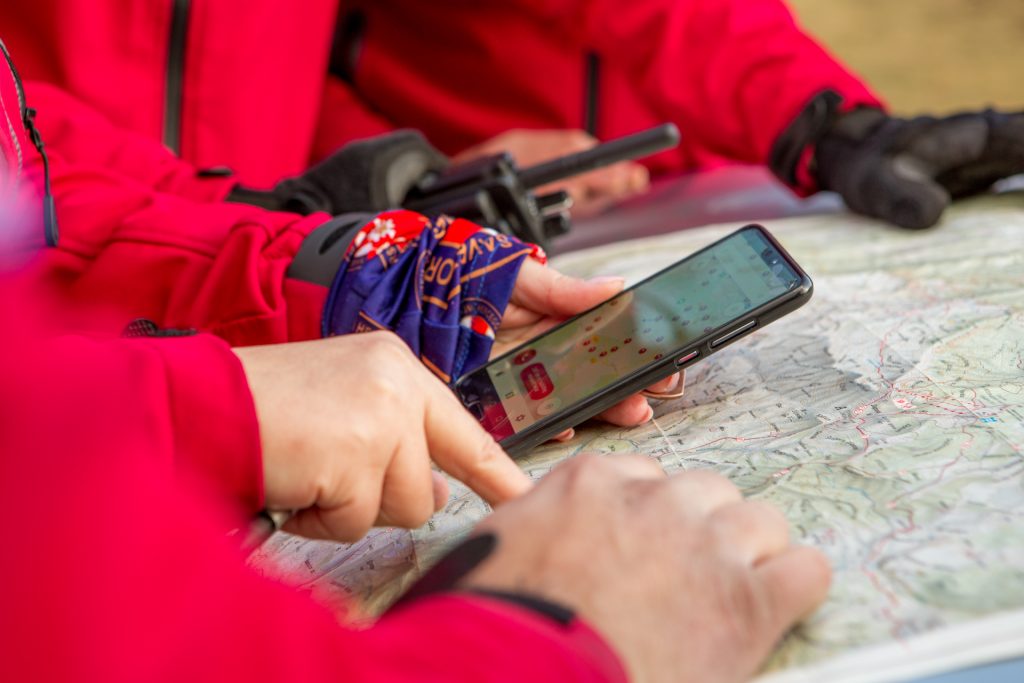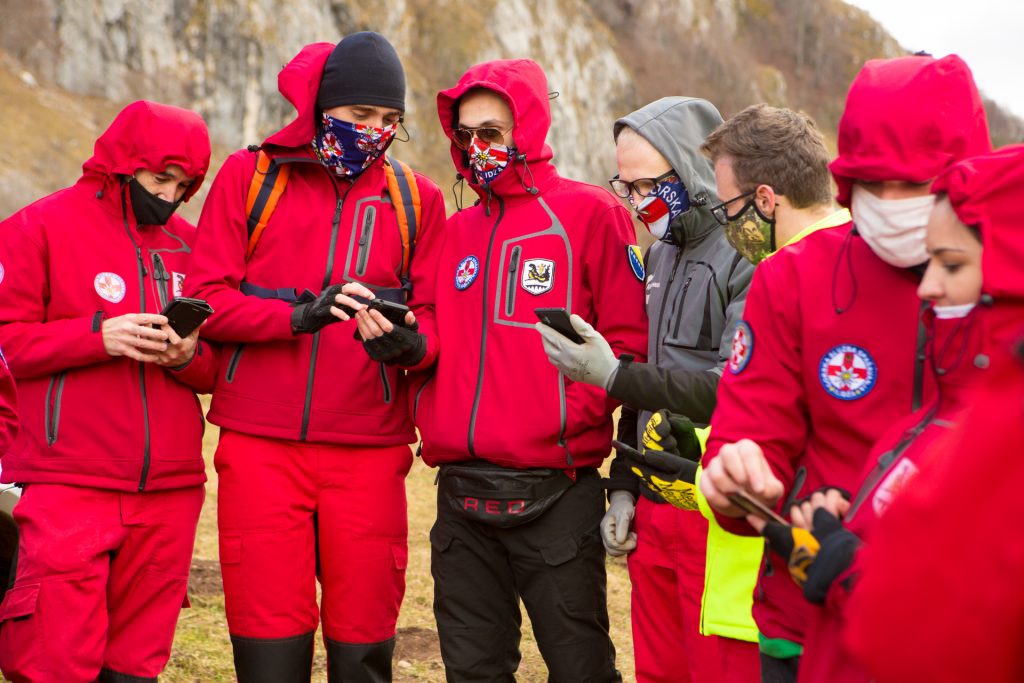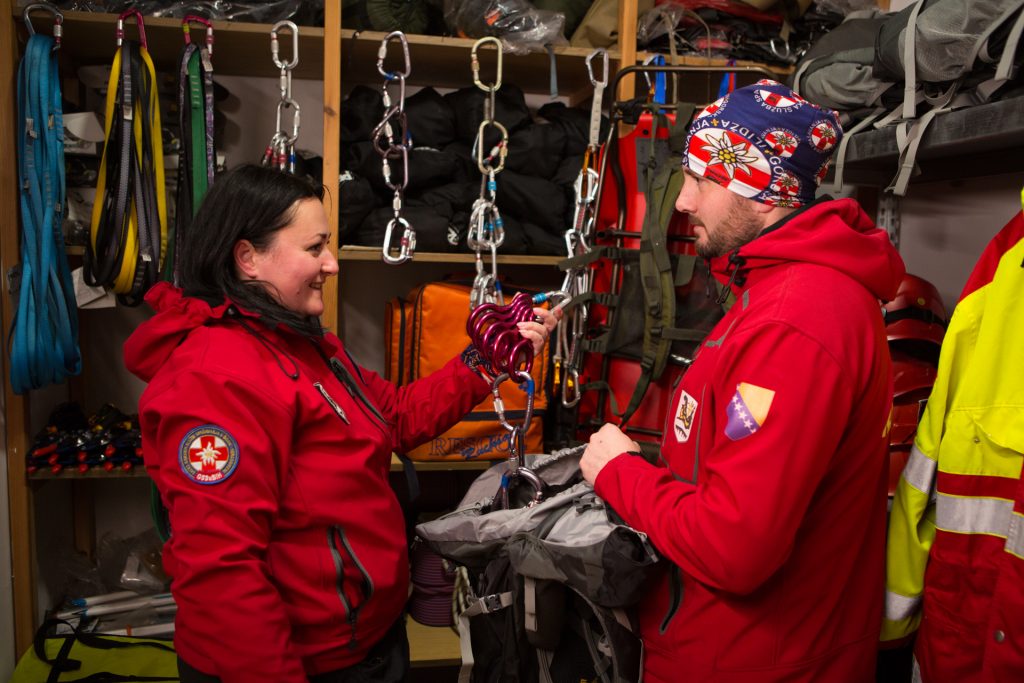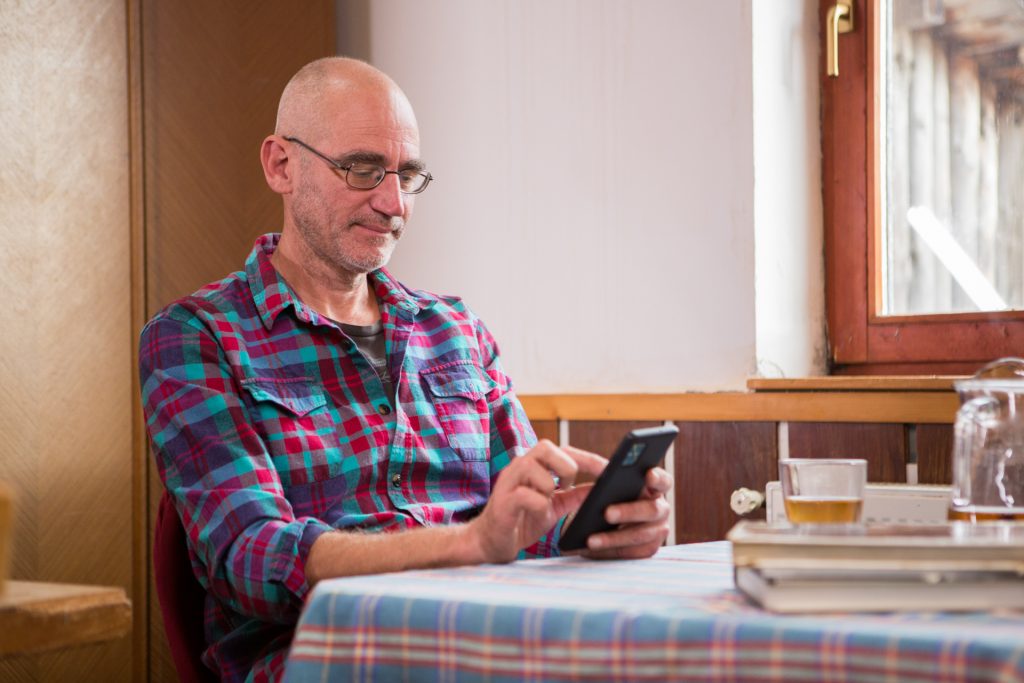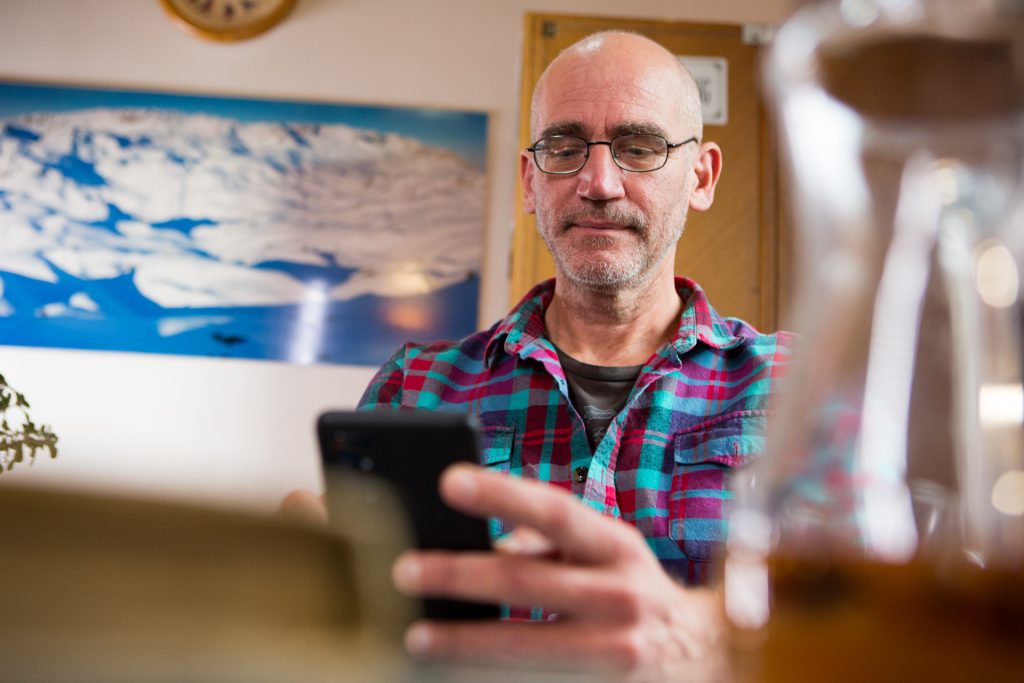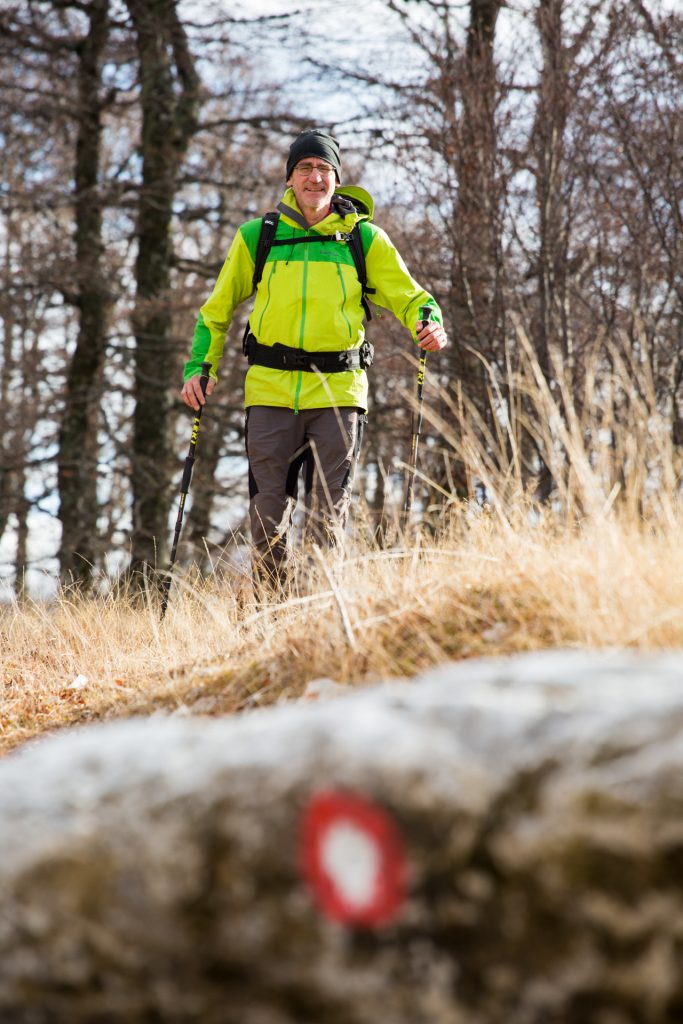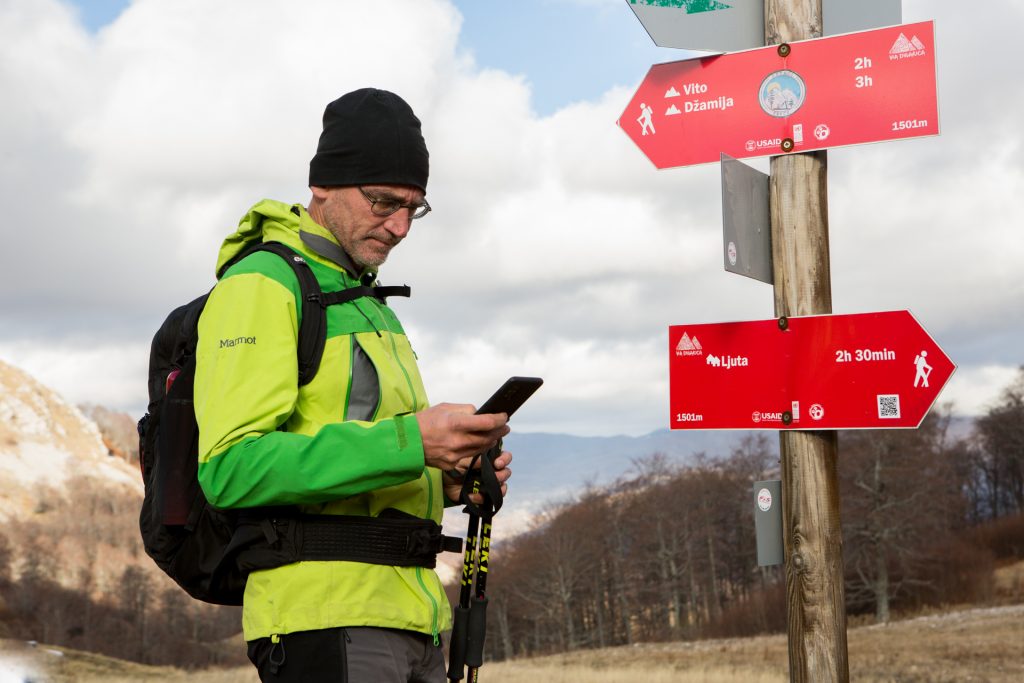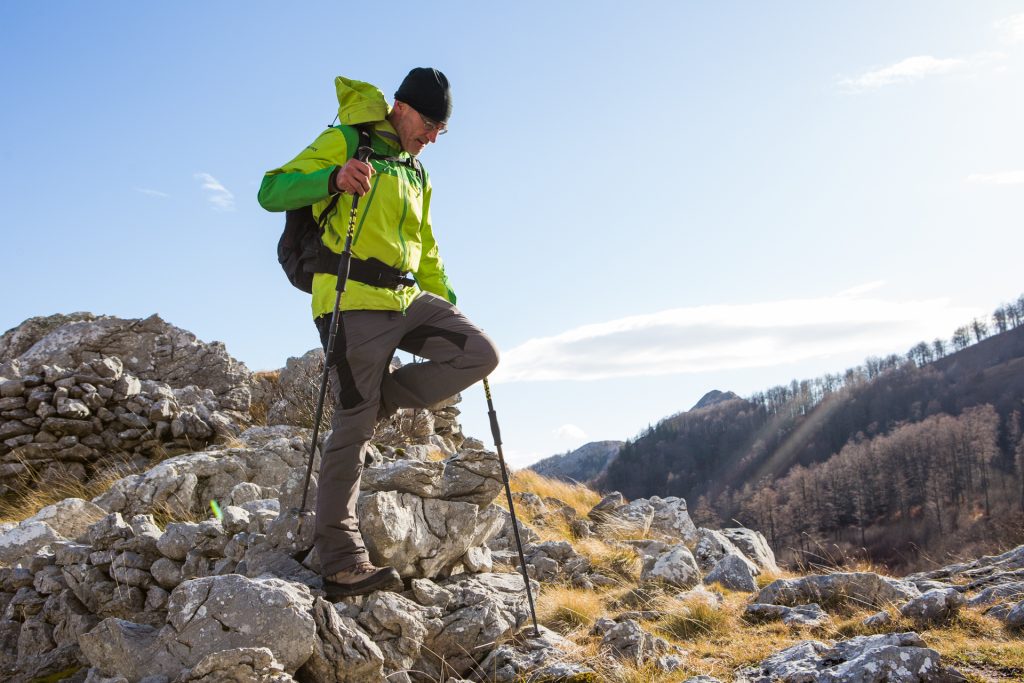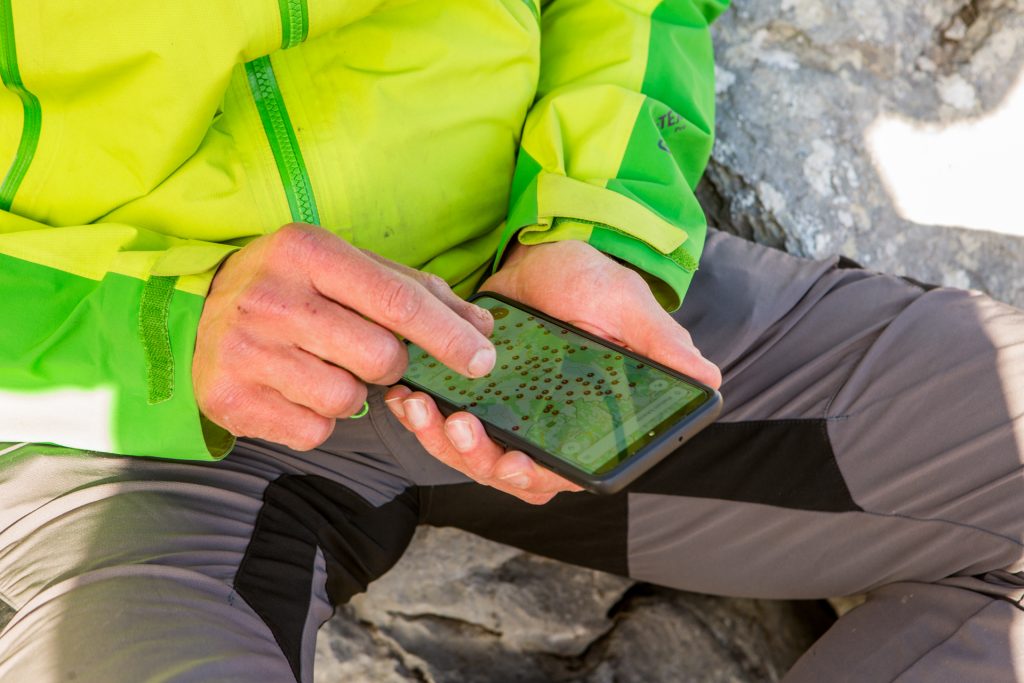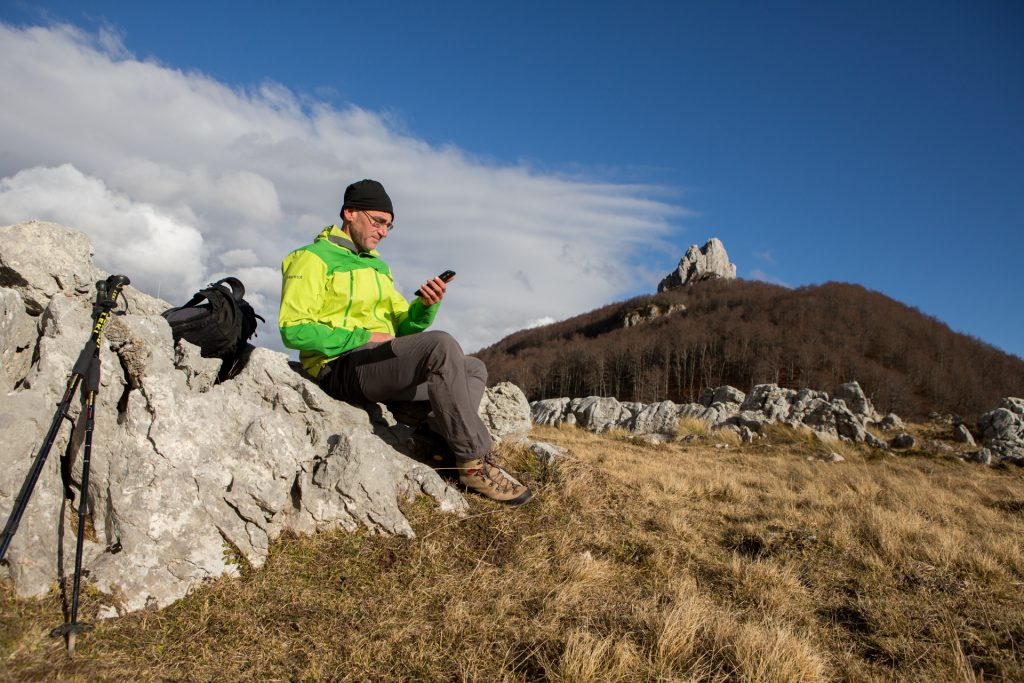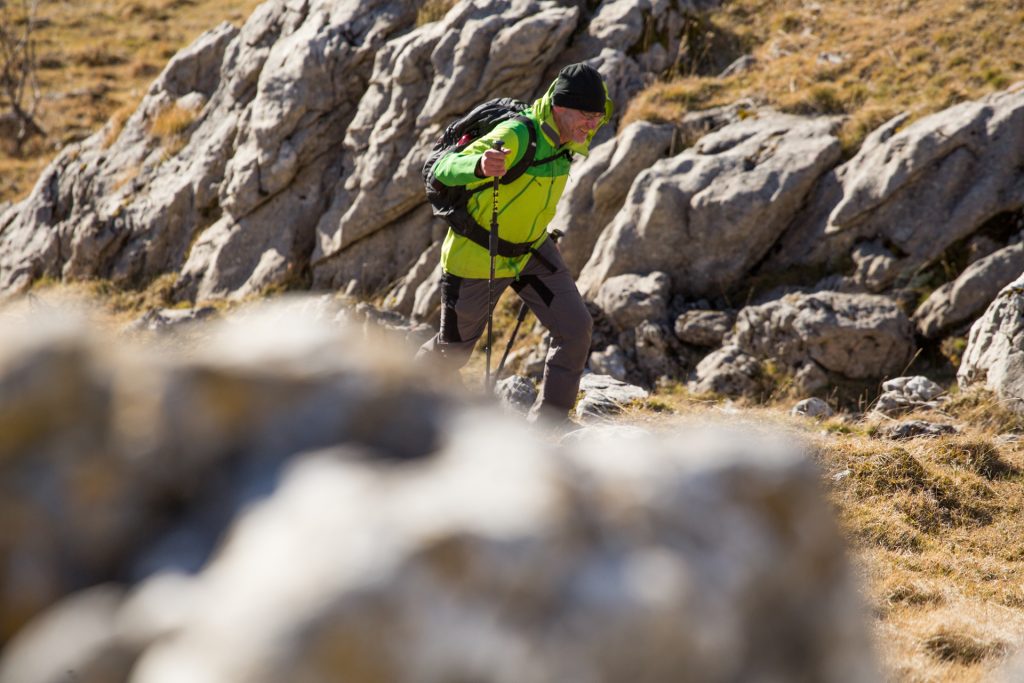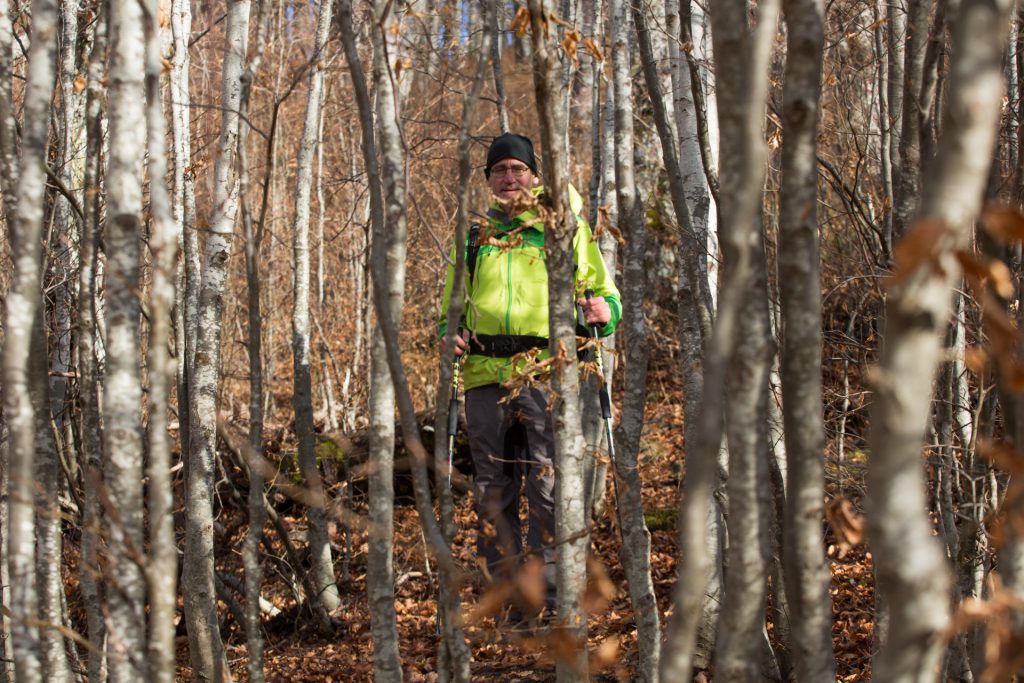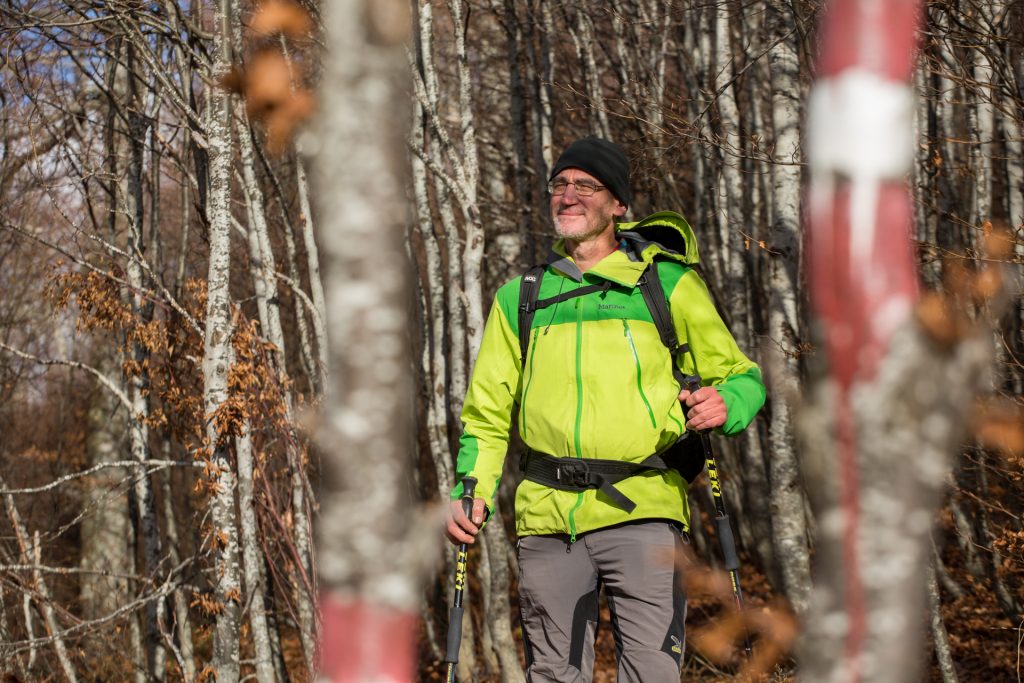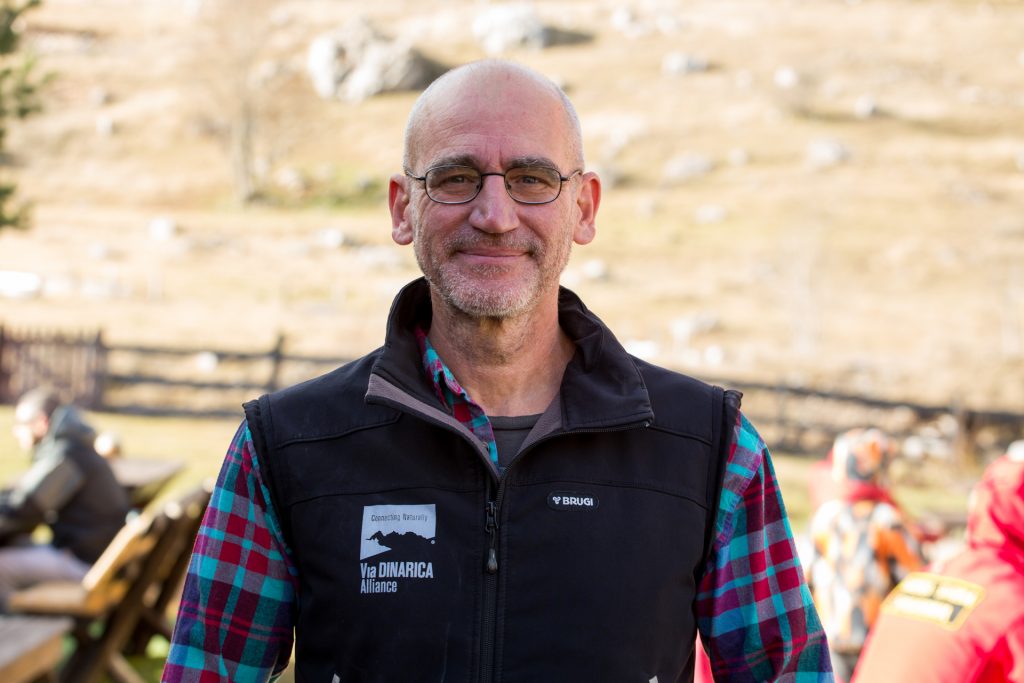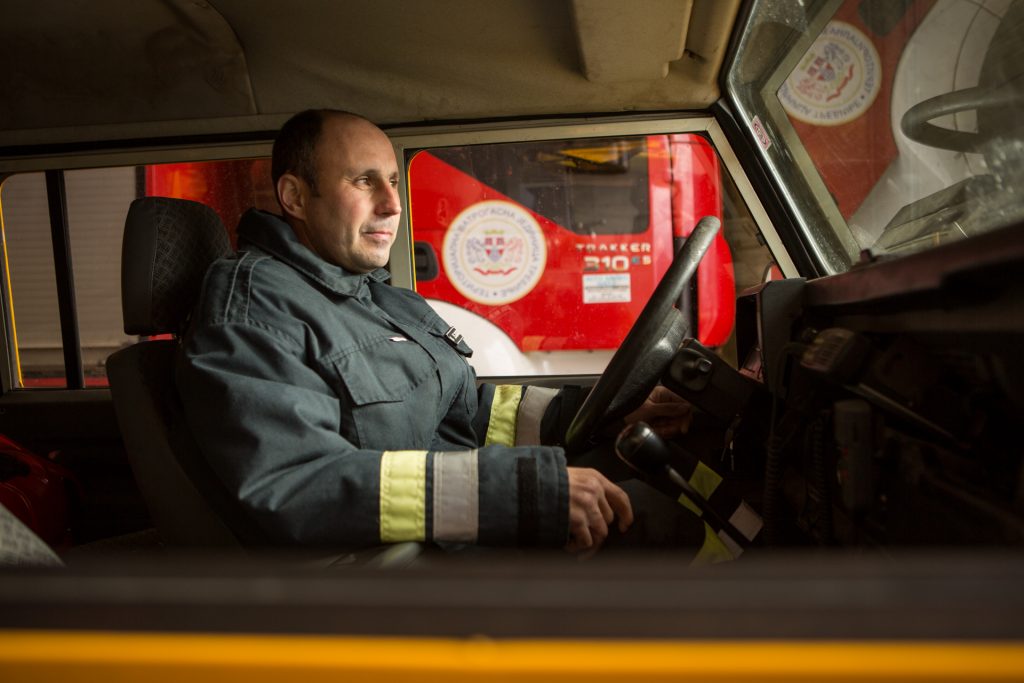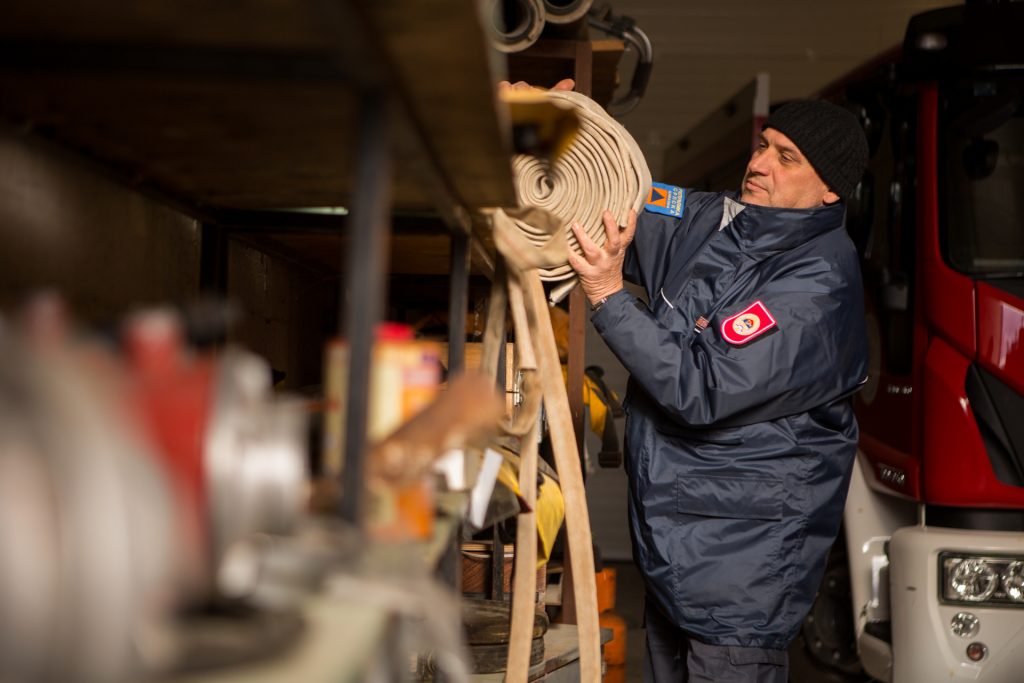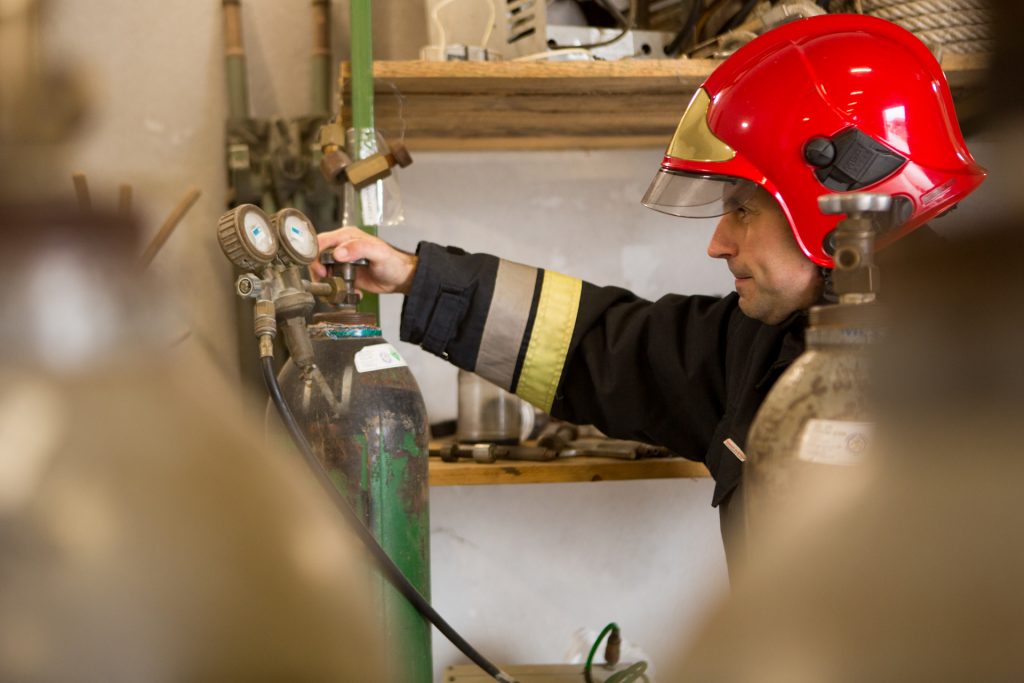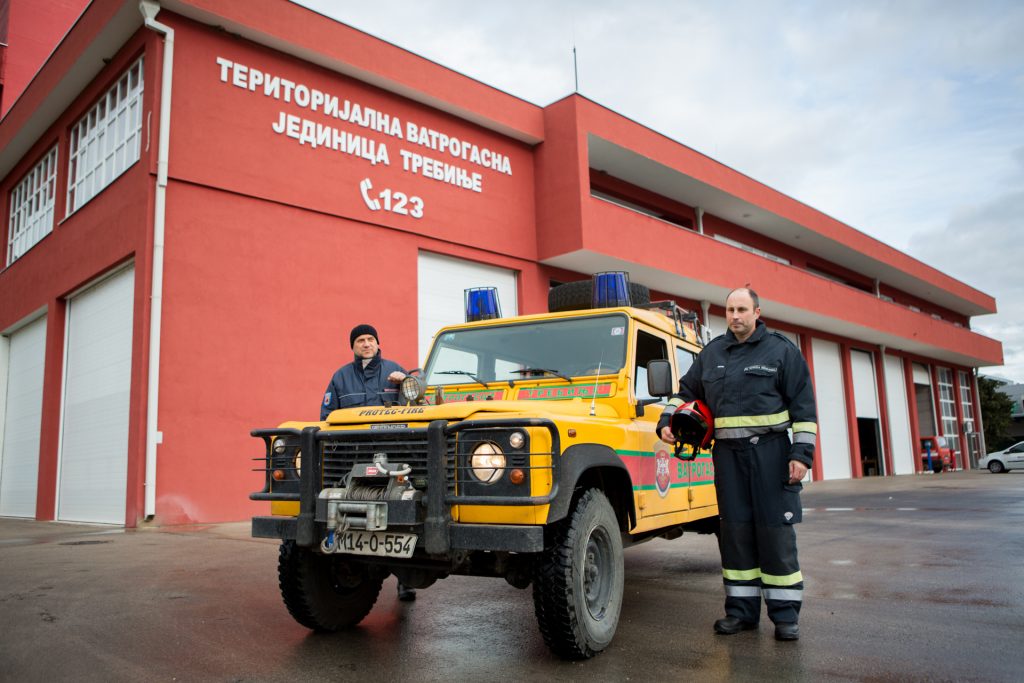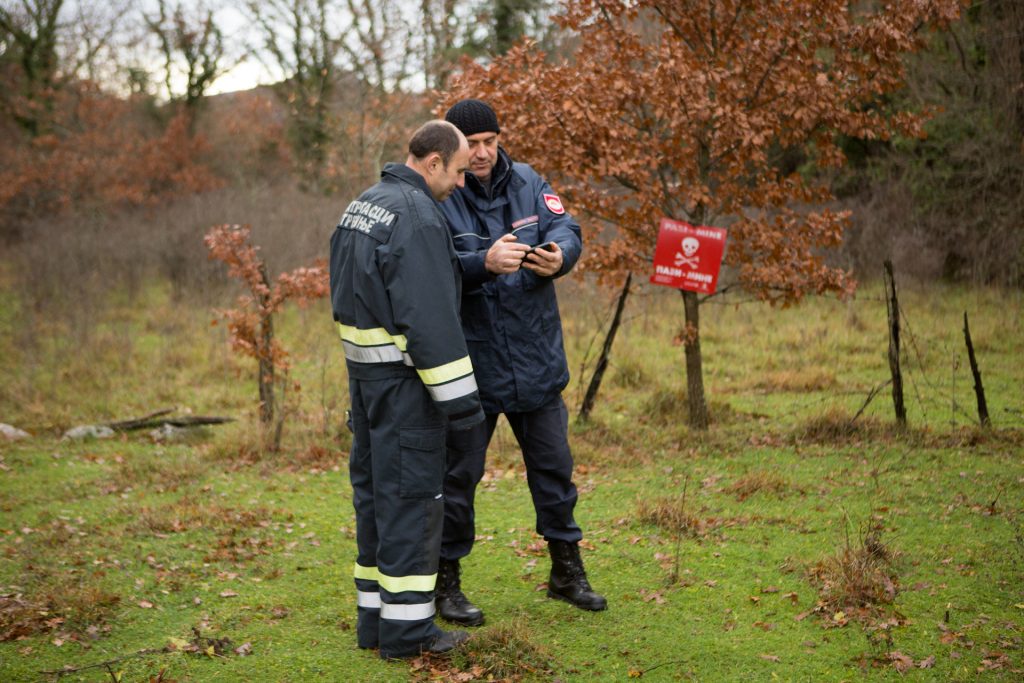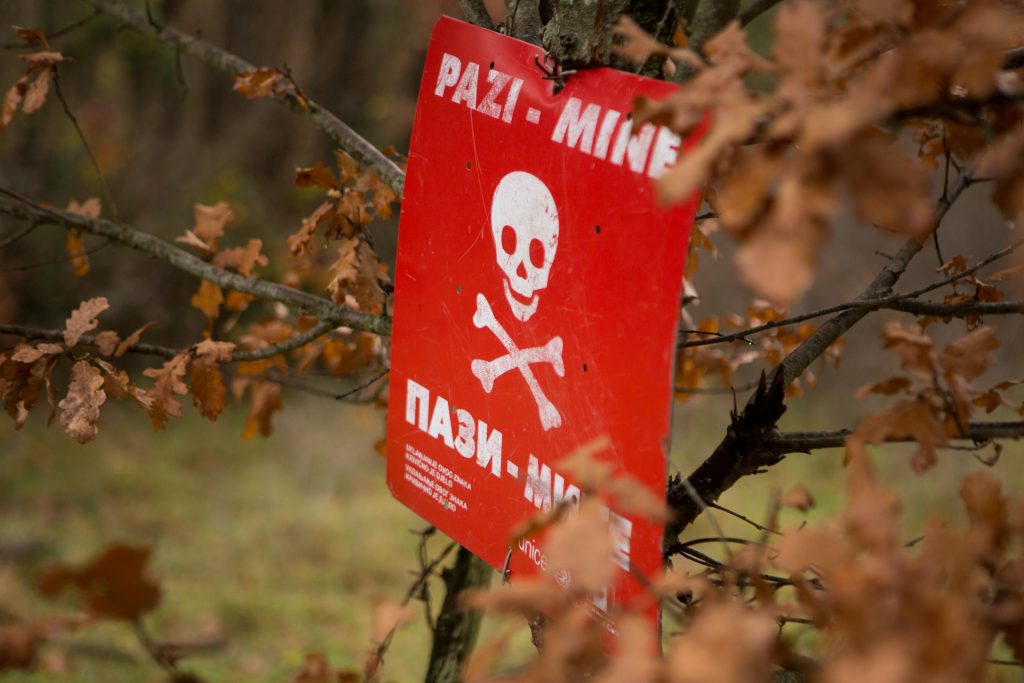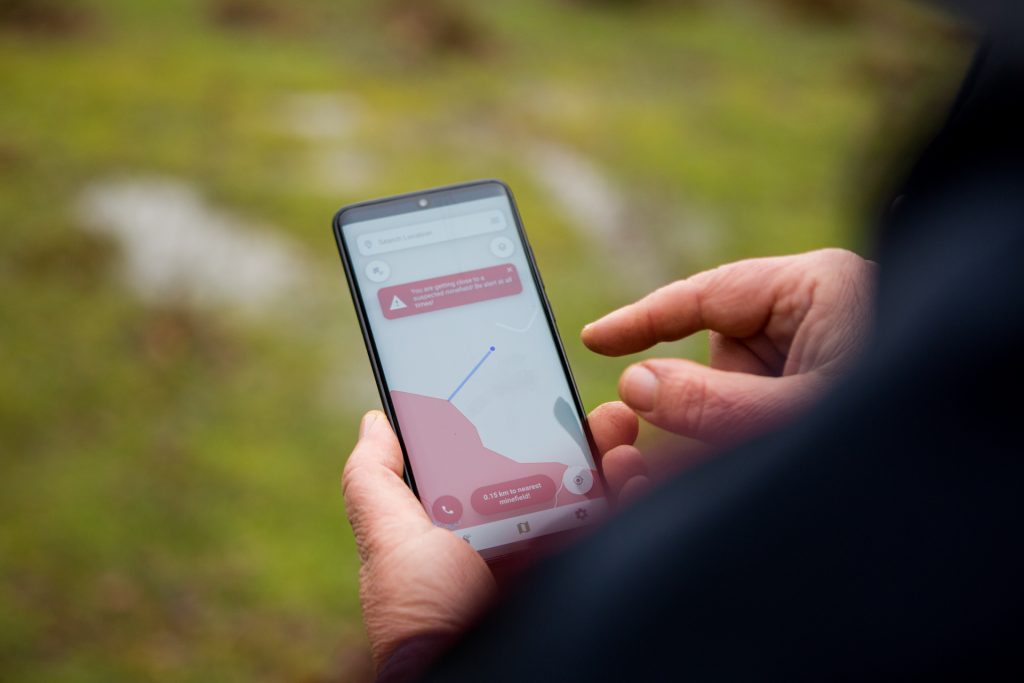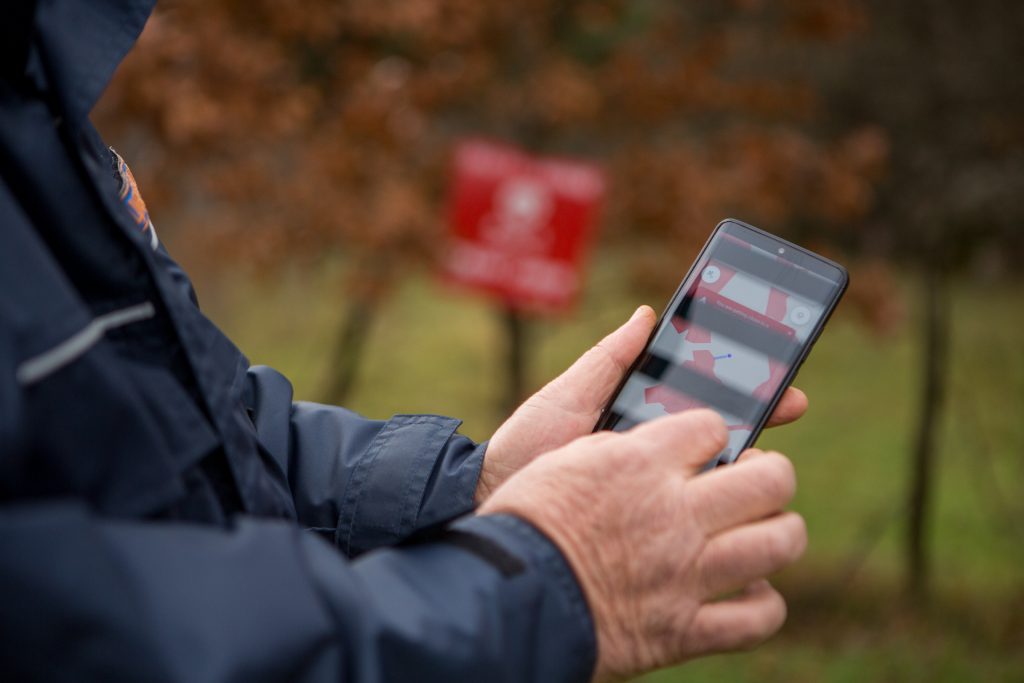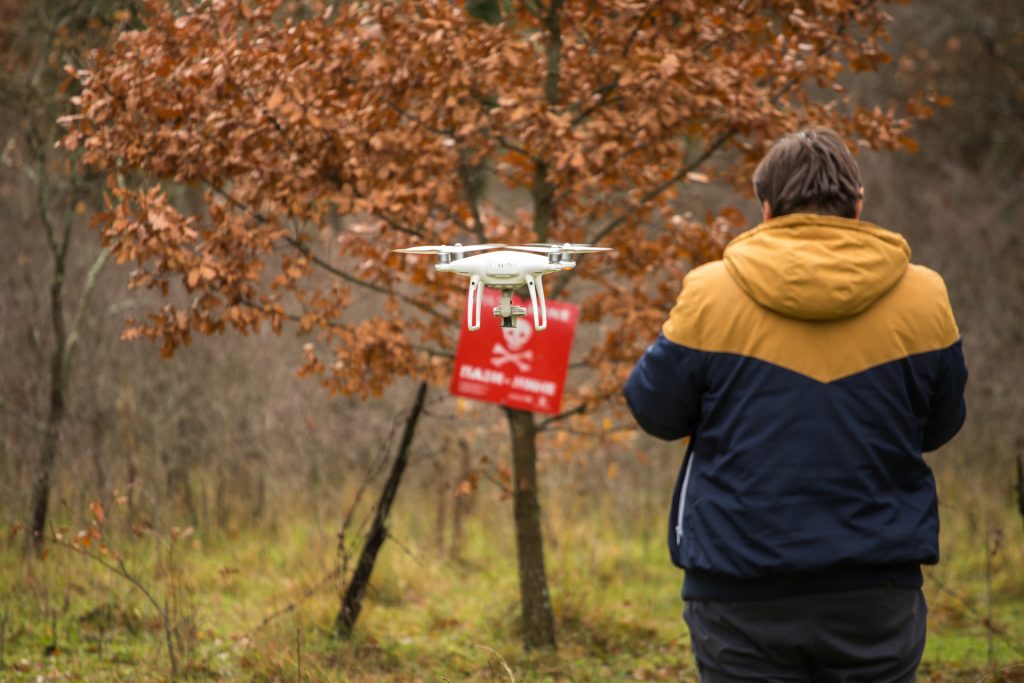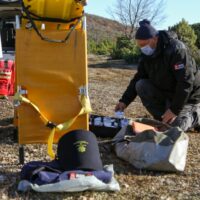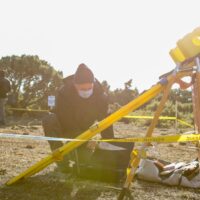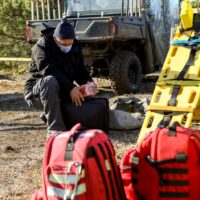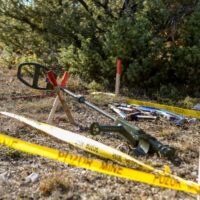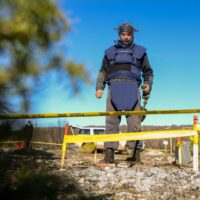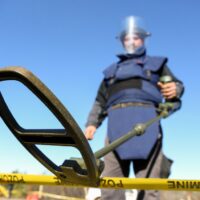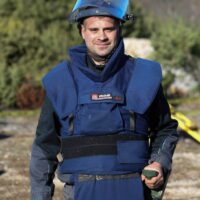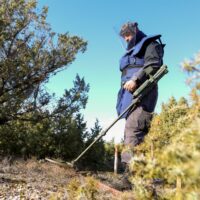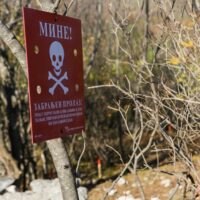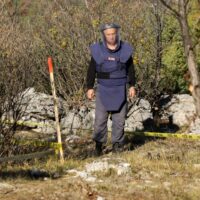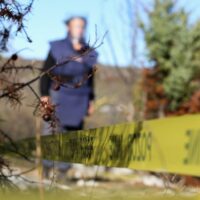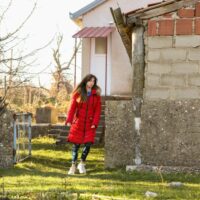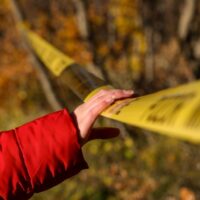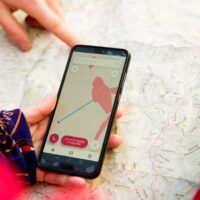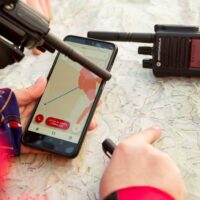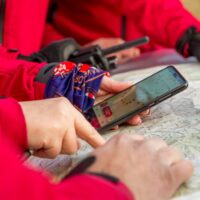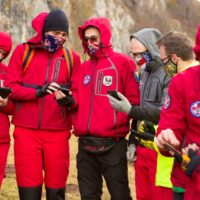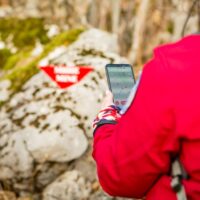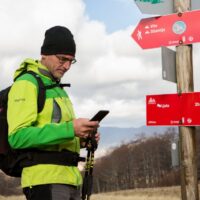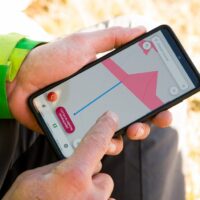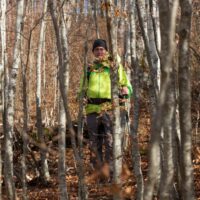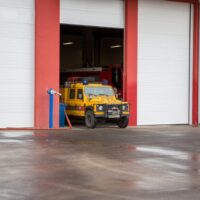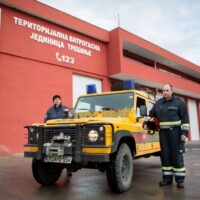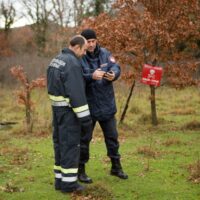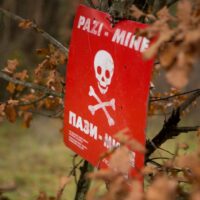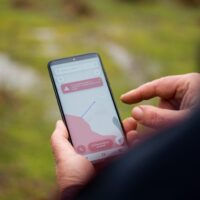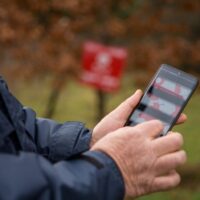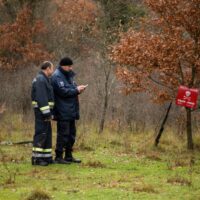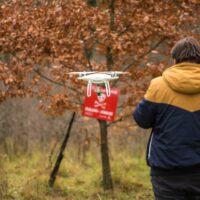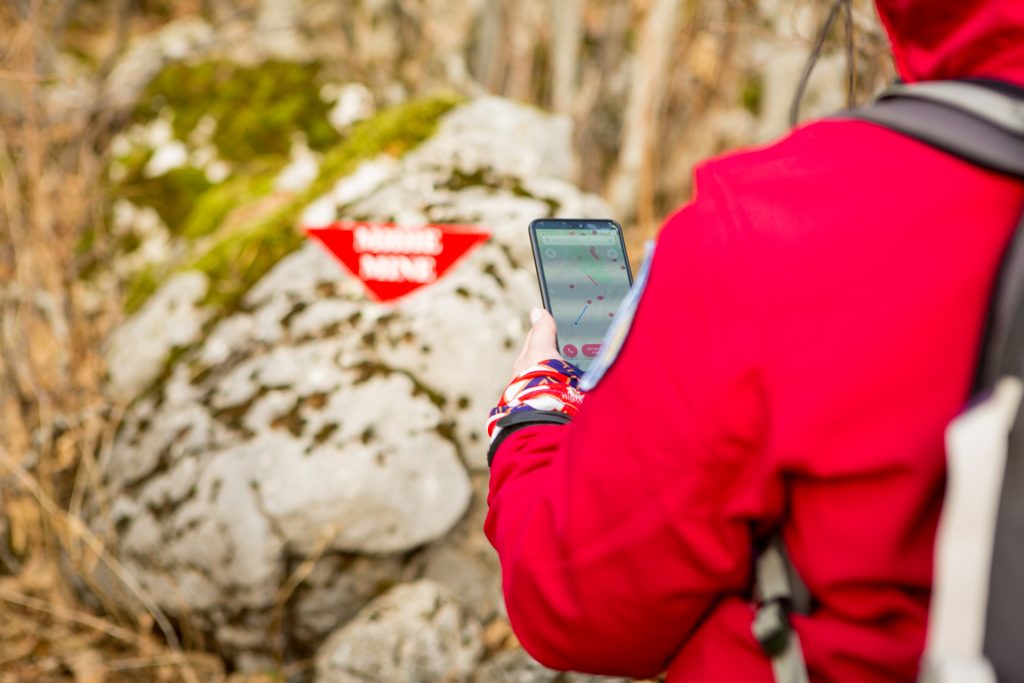
Demining in BiH: An application that can save lives
Carefree is not a word Dea Makitan would associate with her childhood. Nor was that the feeling of other local residents of Ljubljenica village in Bosnia and Herzegovina – some […]
Carefree is not a word Dea Makitan would associate with her childhood. Nor was that the feeling of other local residents of Ljubljenica village in Bosnia and Herzegovina – some fled the area after the war that left mines across the country, others faced challenges in using their fields to graze livestock or to cut and gather woods from the local forests.
Now 20, Dea is a computer science student in Mostar. Every day on her way to school she passes near the area where military operations took place in the recent past.
Across the country, people have parallel stories to Dea’s. Whether it’s trying to work or exploring the beautiful nature, not knowing whether people are safe is still a looming threat, even 25 years after the war. The first estimation of the country’s mine problem was 4,200 km2 mine-contaminated land, which is 8.2 percent of the total country’s territory.
Thanks to successful demining operations, the current size of hazardous area is down to 957 km2 or 1.96 percent of total country size. That still pose a threat, not only for direct safety, but also the danger it presents for other contexts. Every year, for instance, sizable areas of natural treasure are lost in forest fires due to mine and explosive remnants of war preventing firefighters access. An otherwise solvable problem and disaster prevention becomes a nearly mission impossible.
Mišo Pamučina, the Demining Coordinator for Public Institution “Ecology and Safety”, explains what such a danger can mean on the ground:
“Here in the village of Slivnica, we had a major problem with wildfires some two or three years ago. We came to put out the fire, and as we attempted to set up a fire line, the blasts started in the minefield.”
Identifying where the danger lies is the first step. Thanks to the EU initiative, Bosnia and Herzegovina Mine Action Center with the assistance of the BiH Armed Forces, Norwegian People’s Aid, UNDP and EUFOR successfully implemented project titled General Assessment of Mine Suspected Areas, defined 8,525 suspected micro-locations 118 mine suspected areas were registered out of the country’s 145 municipalities. The Mine Action Centre defined 475 polygons on these locations for the future land release operations.
In the meantime, knowing the locations of these mines can be literally life-saving. Part of the initiative has been to create an app that allows all citizens to be aware of and avoid the locations of mine suspected areas throughout the country.
Arina Bešlagić, Department of Civil Protection by day, has been a volunteer with the Mountain Rescue Service for three years. When people are lost, injured in remote areas, or in cases of avalanches or earthquakes, the MRS are called to work or to assist to police, civil protection and other institutions. She points out that eighty percent of the MRS’ activities are searches for those lost in inaccessible terrains and mountainous areas.
“Our biggest problem are minefields that were not marked in the past, and the maps were not updated. The application gives us the opportunity to take photos, record coordinates and call the police and report during the field work, if we notice an unexploded ordinance which is not in the minefield, thus contribute to updating the application itself,” she says.
Bosnia and Herzegovina is one of the top regional destinations for outdoor tourism, with an increasing number of visitors coming from abroad. Mountaineer Thierry Joubert is not native to the country, but now lives and works here, and tries to spend as much time as possible in the mountains. He specializes in developing and running responsible walking and cycling trips along the Via Dinarica. Despite their beauty, many of the famous mountains are mine contaminated and too many stories exist of trekkers on routes suddenly finding themselves in minefields or seeing unexploded ordinances. The app is therefore a very welcome addition to Thierry’s world.
“I can see right on the spot if something is suspected or not,” he says. “We didn’t have that before, you’d have to carry a map, become familiar with it, have internet connection, but with this application you can find out about the mines on the ground in no time.”
“Do not risk your own life and lives of others” has been a caution of many citizens in Bosnia and Herzegovina for decades. That message has shifted now to “Be informed about dangerous areas and be more safe whatever it is that you love or do.” Hopefully, mines and explosive remnants of war will become a thing of the past for future generations.
“I hope that my and other children will have a happy and carefree childhood and not worry if something will happen to them, says Dea, thinking about the future. “I hope that their childhood will be the opposite of mine, that they will be able to explore and rejoice as much as they want.”
The Bosnia and Herzegovina Mine Suspected Areas app which is a property of BH Mine Action Centre was developed as part of the projects “Country Assessment of Mine Suspected Areas in Bosnia and Herzegovina 2018-2019” and ”EU Support to the Creation of the Bosnia and Herzegovina Mine Action Centre’s (BHMAC) Information System Web Platform“. It can be download from Google App and App Store.
https://play.google.com/store/apps/details?id=com.minesuspectedareas
https://apps.apple.com/ba/app/mine-suspected-areas/id1546066712


